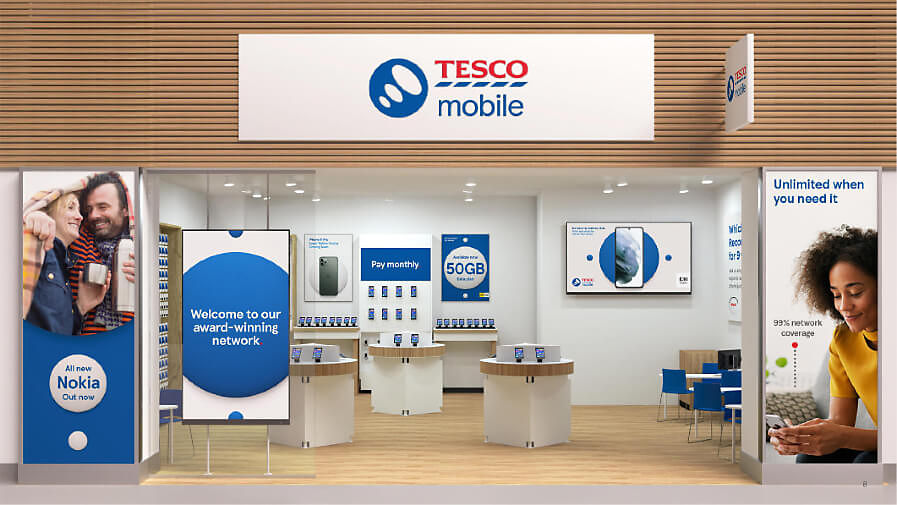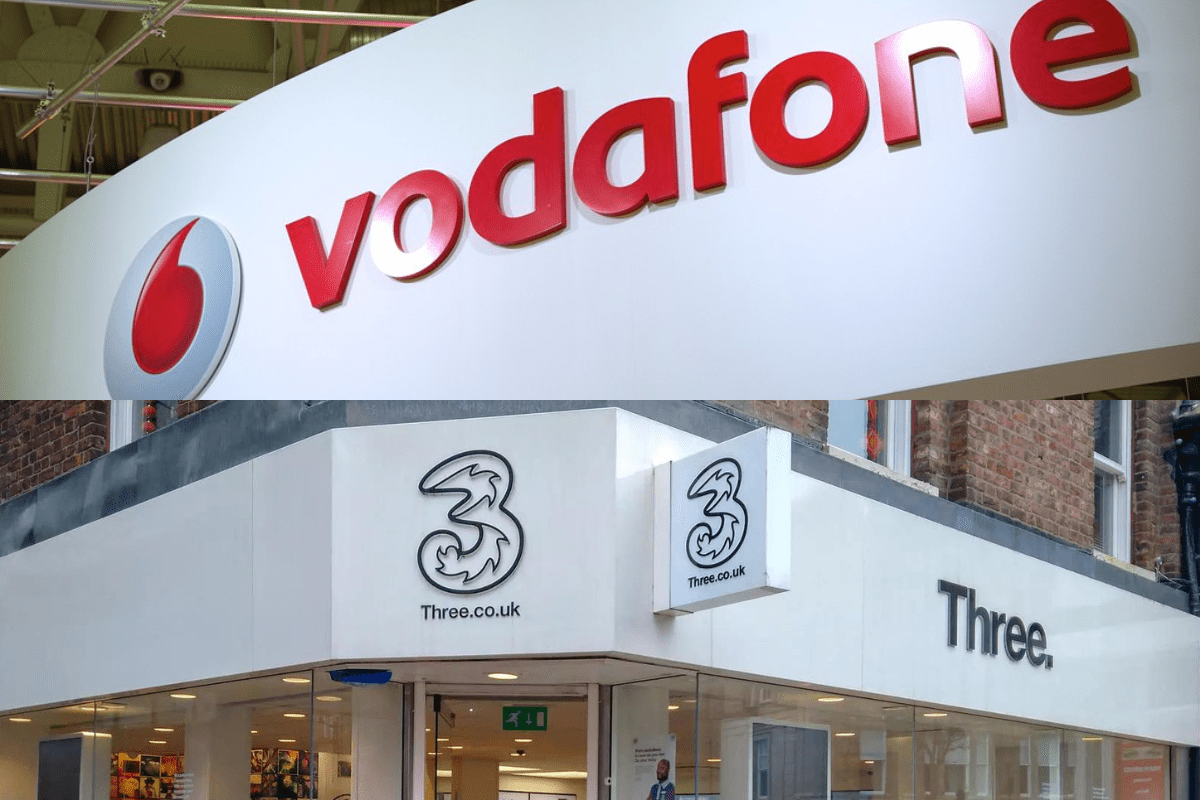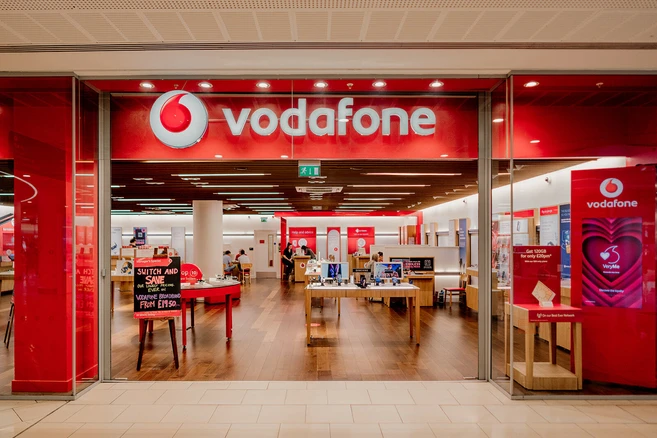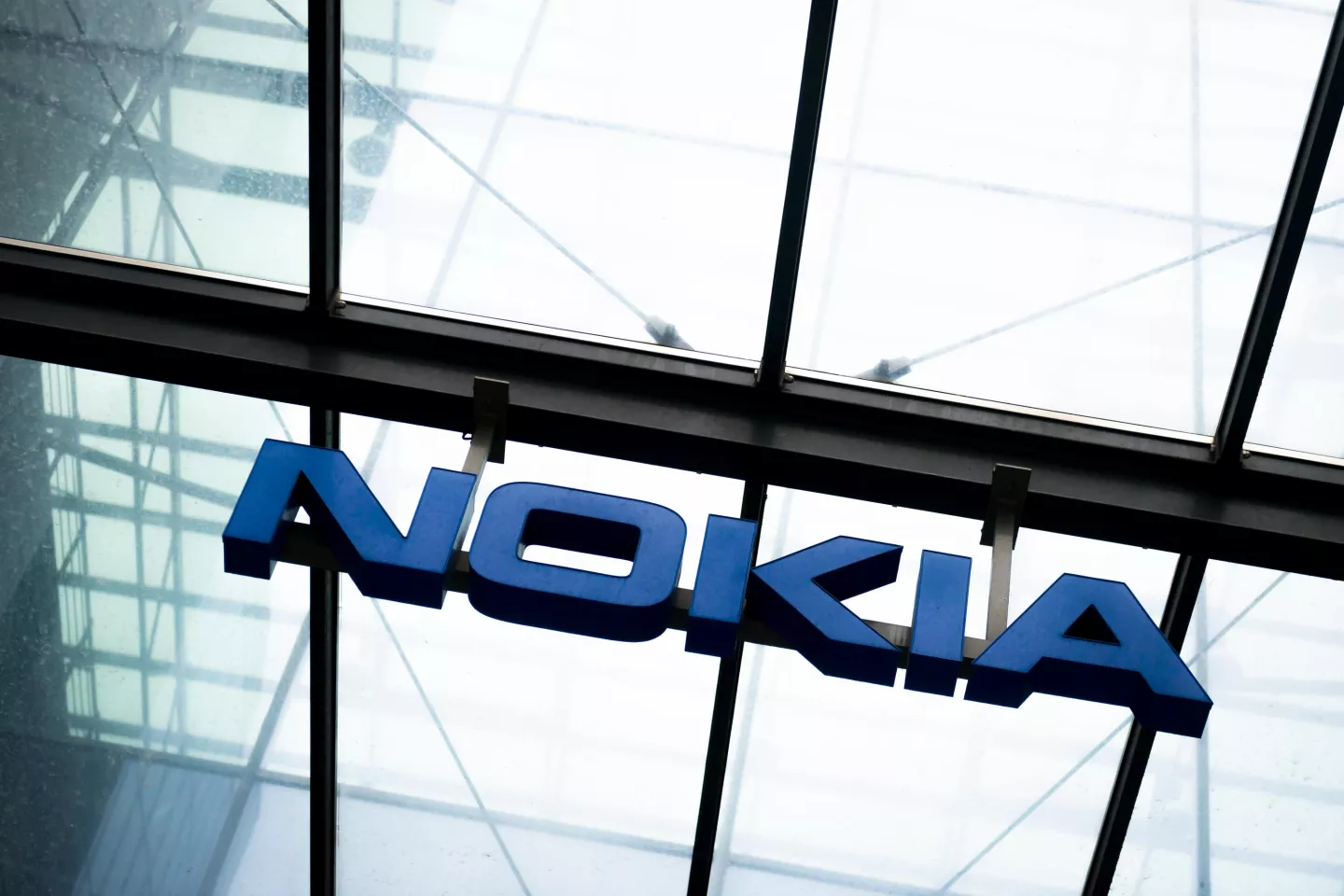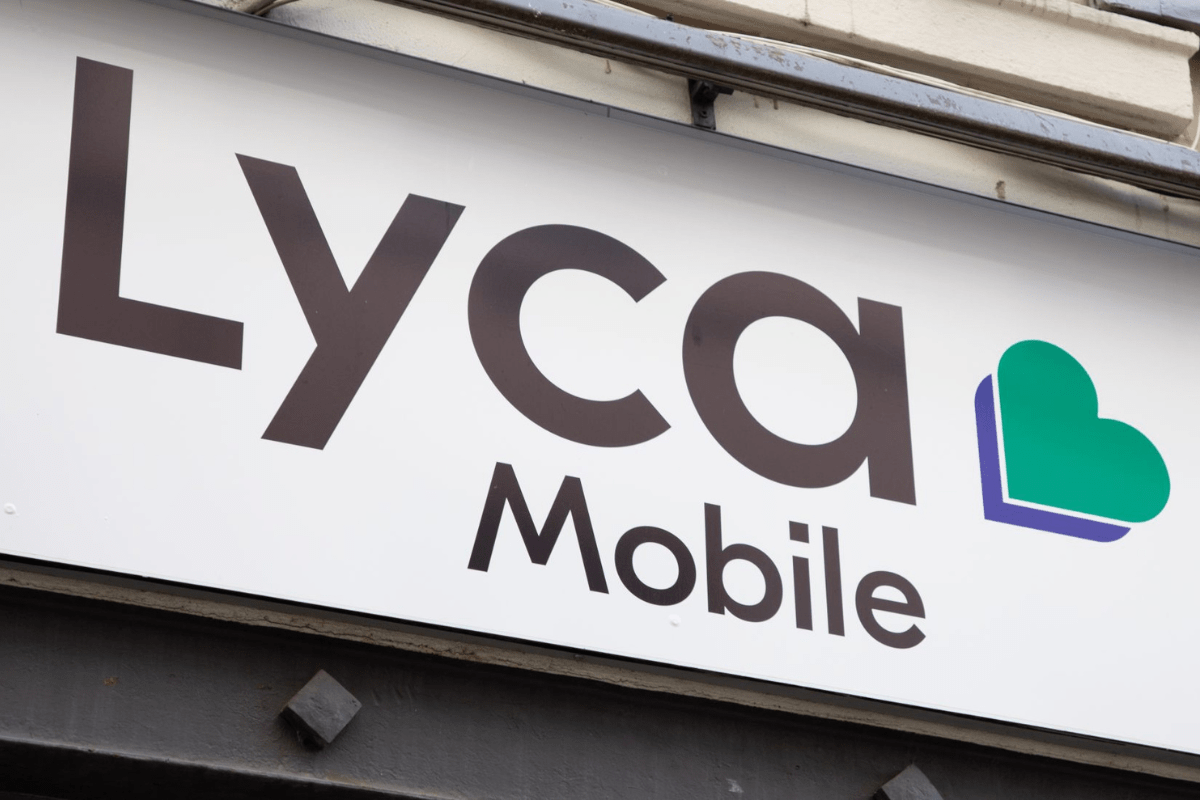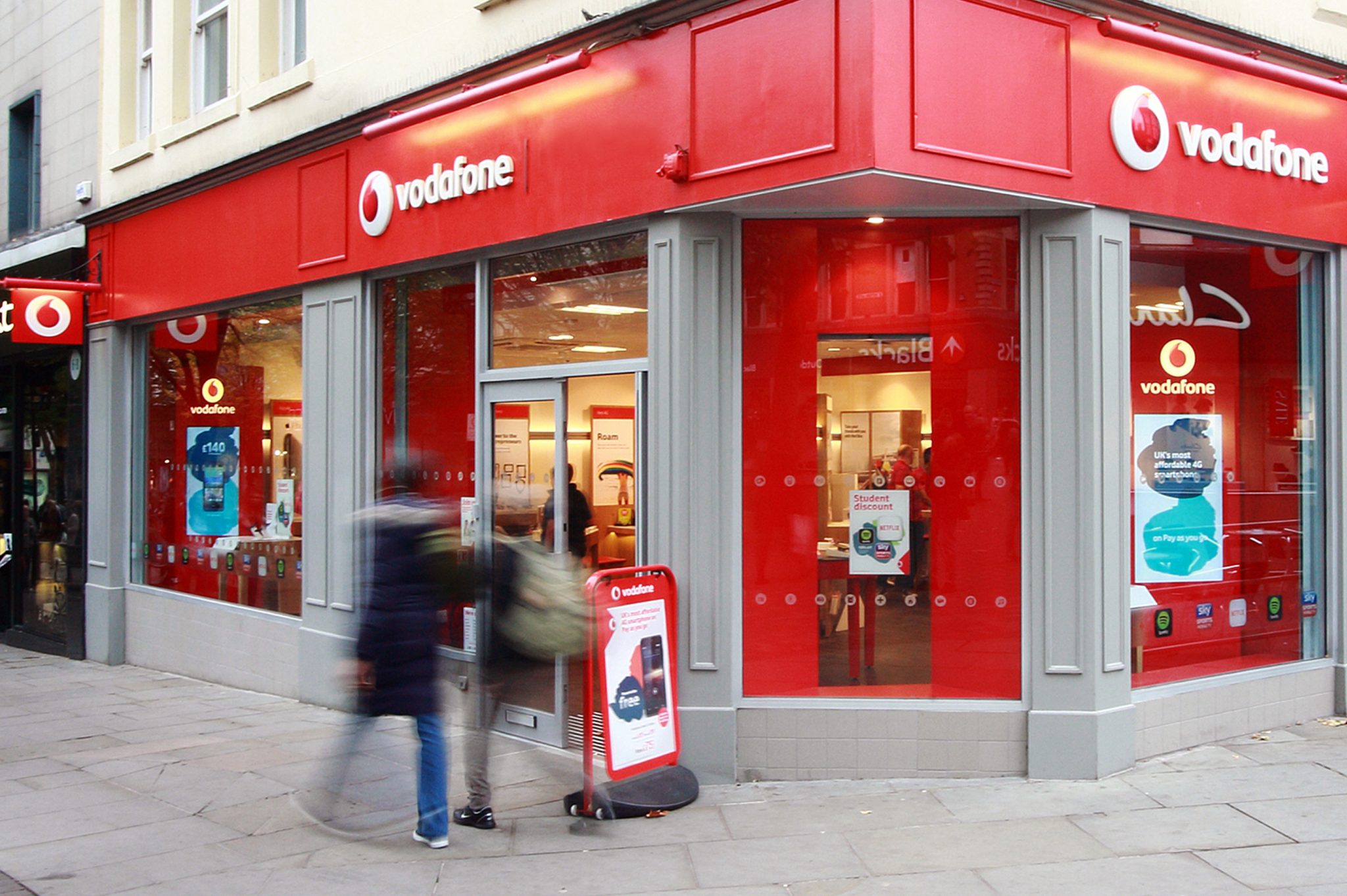US eCommerce sites failing the mobile test, Mobify study finds
- Thursday, July 19th, 2018
- Share this article:
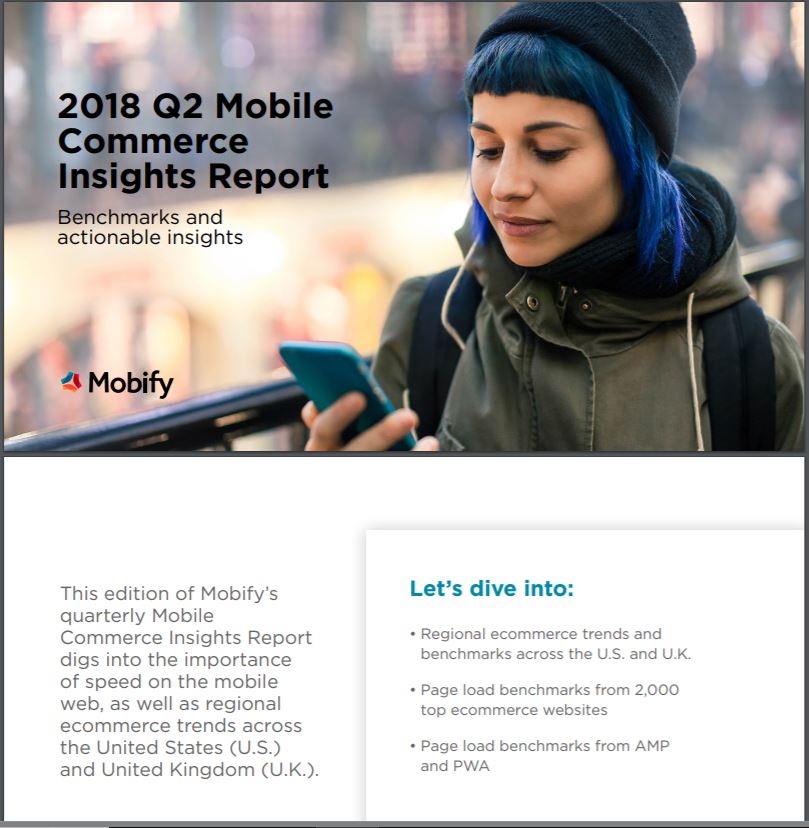
 Mobile usage trends in the US continue to grow and mirror those of the more digitally advanced UK, yet even top eCommerce sites are failing to live up to customer expectations for fast shopping experiences on the mobile web.
Mobile usage trends in the US continue to grow and mirror those of the more digitally advanced UK, yet even top eCommerce sites are failing to live up to customer expectations for fast shopping experiences on the mobile web.
Thats the conclusion of the Mobify 2018 Q2 Mobile Commerce Insights Report, which examines regional eCommerce trends and benchmarks across the US and UK, and provides actionable insights to prevent shopper drop-off using technologies such as Accelerated Mobile Page and Progressive Web Apps.
The report delves into page load benchmarks from 2,000 top eCommerce websites, a key indicator of meeting customer expectations, since Google reports that 53 per cent of users will abandon a page that takes more than three seconds to load.
“Mobile usage in the UK is one step ahead of that in the US, so we wanted to look at eCommerce trends across the pond to predict what trends we will see next in the US,” said Amanda Naso, senior manager of business intelligence at Mobify. “All signs point to shoppers spending more time and money on mobile, so better experiences, particularly speed, are vital.”
The report notes that mobile sessions surpassed desktop sessions in the UK in 2015, while the US reached the same tipping point a year later. Similarly, mobile revenue in the UK has been on par with desktop since the end of 2017. Mobile and desktop revenue in the US are converging as well, with growth in both regions also showing parallels. With more users shopping and buying on mobile, and speed being a clear differentiator, it would seem safe to assume that businesses would be paying more attention to their sites mobile performance.
“Not so,” says Naso. “We compiled a list of 2,000 top eCommerce sites and tested their page load speed to determine how the industry is measuring up to customer expectations. Only 10 per cent of sites loaded in 3.1 seconds or less, while the median load time was 6 seconds.”
“The median first-page load time for AMP is 1.1 second, while the median subsequent page load time for a PWA is 1.4 second,” said Naso. “Technology can help retailers and brands not only meet but exceed shopper expectations on the mobile web.”
You can download the report here.





